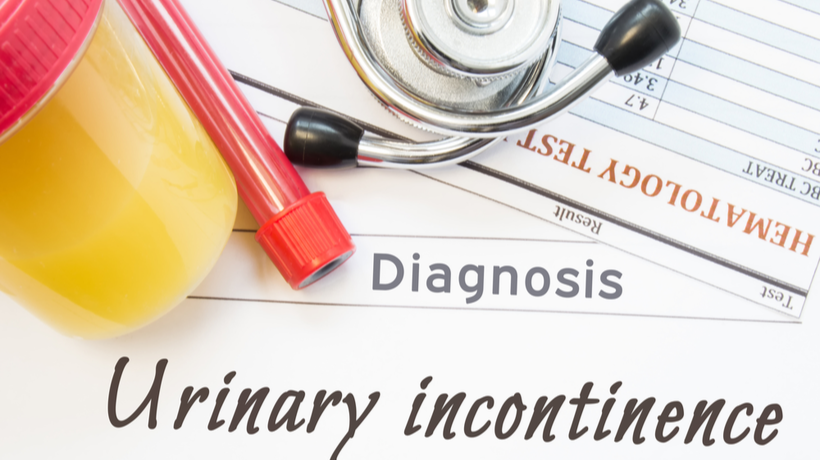According to WomensHealth.gov, Urinary incontinence is the loss of bladder control. The site states that the two most common types of incontinence that affect women are stress and urge incontinence. Urinary incontinence is not a normal part of aging, although it can be treated.
As a note, this is not comprehensive and is not a diagnosis. If you experience any of the symptoms, please visit your doctor for professional advice.
Stress Incontinence
This is the most common type of incontinence and may even affect younger women. This type of incontinence happens when “there is stress or pressure on the bladder.” you may involuntarily pee when you cough, sneeze or laugh. Sudden movements and physical activity can also cause you to urinate (although it is usually only a small amount).
Urge Incontinence
This type of urinary incontinence happens “after a strong, sudden urge to urinate, and before you can get to a bathroom.” This is much more prevalent in older women. Urge incontinence is also called overactive bladder.
Symptoms
Pressure in the pelvic area
As stated above, when there is stress or pressure in the pelvic area (often caused by moderate activity like lifting or normal activities such as coughing, laughing, or sneezing), urine may leak out of the bladder in small doses. This is perfectly normal.
If you experience any abdominal pain and the urge to urinate even after you just went to the bathroom, you may want to visit your doctor as these are signs of Interstitial cystitis, a condition that occurs when the bladder muscle layers are inflamed.
Frequent urination
Frequent urination may be a symptom of urinary incontinence. If you go to the bathroom more than eight times a day or more than twice at night, it may be time to book an appointment with your urology doctor to see what methods they suggest in solving this problem.
Bed-wetting
If you are urinating while you sleep, also known as wetting the bed, you should go see the doctor especially if you are an adult. Bed-wetting is common in infants and children, but less common in adults. Bed-wetting can actually be a symptom of other conditions that might require your attention. For example, wetting the bed may mean that your kidney makes more pee than normal (which may be a sign of diabetes), an overactive bladder, certain medicines, or even urinary tract stones. There are many causes of bed-wetting.
The website states that urinary incontinence is not a disease in itself, but rather a symptom of another health problem. This can usually be linked to weak pelvic floor muscles. If you have either incontinence, you may want to go to your urologist and see if they are able to detect other urinary symptoms or conditions.
Solutions
Kegel Exercises
Kegel exercises can be done at home and are specific exercises for your pelvic floor muscles to prevent or improve urinary incontinence symptoms. According to WomensHealth.gov, “Four in 10 women improved their symptoms after trying Kegels.”
The site warns that some women have urinary symptoms because their muscles are always tight. In this case, doing Kegel exercises will not help and may cause more problems in the long run. Talk to your nurse or doctor about the right steps for you.
Medical Treatments for Stress Incontinence
- Medicine: vaginal creams, rings, or patches with estrogen
- Vaginal pessary, according to the site, is a small plastic or silicone device that you put into your vagina. The device supports your floor muscles and helps to reduce the stress caused by stress incontinence.
- Collagen injections into the tissues around the bladder can cause them to thicken.
- Surgery
Non-Medical Treatments for Urge Incontinence
- Medicine
- Botox injections
- Nerve stimulation
- Biofeedback
- Surgery



